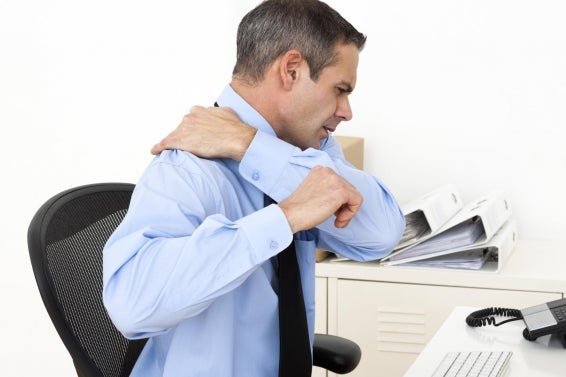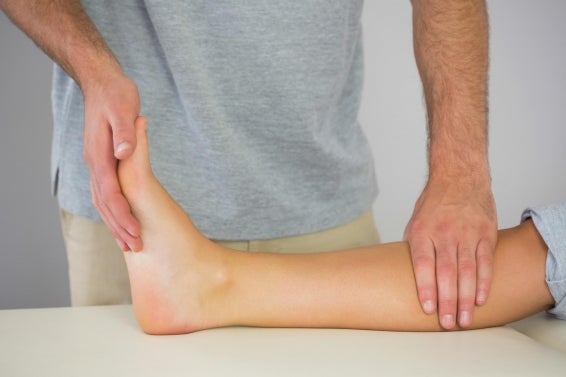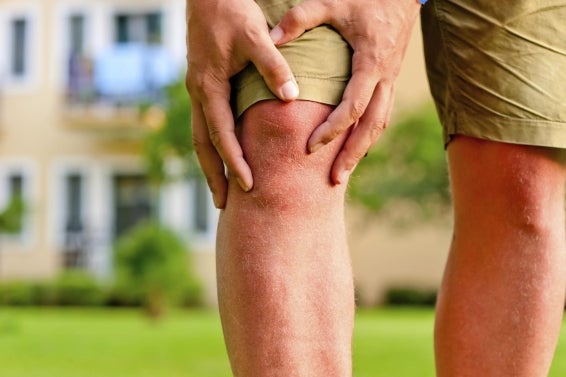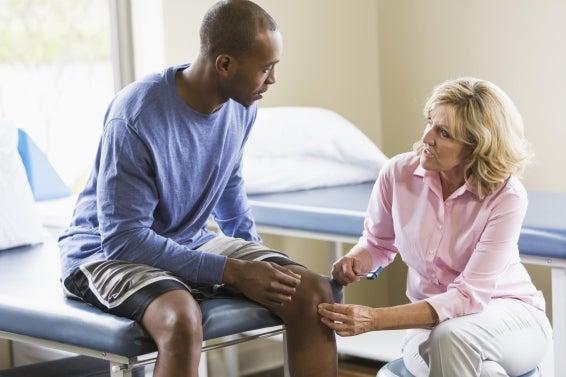View Providers
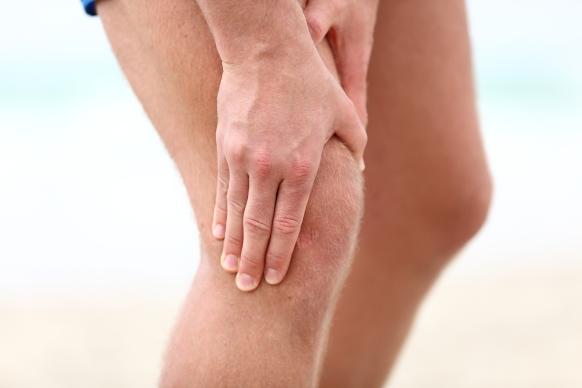
Why Does My Knee Hurt? 6 Answers to a Common Question
Your knee is the strongest and biggest joint in your body. It lets you stand, walk, run and squat. However, disease or injury can cause pain in your knee. Arthritis is the most common disease that affects the knee. Other possible knee pain causes and injuries include damage to cartilage inside the knee or to ligaments and tendons that support the knee. Knee pain symptoms often include swelling and stiffness. If you have occasional, acute or chronic knee pain, consider these common causes of knee pain.
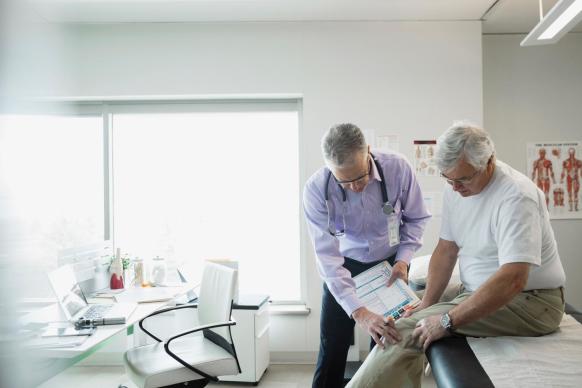
1. Osteoarthritis
Osteoarthritis is the most common cause of knee pain. It develops when the cartilage in your knee joint wears down over time. Cartilage acts as a cushion in your knee. It's slippery and allows you to move your knee smoothly. Loss of cartilage causes bone to rub on bone and that's painful. Osteoarthritis is the most common type of arthritis in older people. But, it may develop before age 50 if you've had a knee injury. See your doctor if pain keeps you from everyday activities. Treatment can include weight loss, physical therapy, and knee support. Knee replacement surgery may be an option for severe cases.
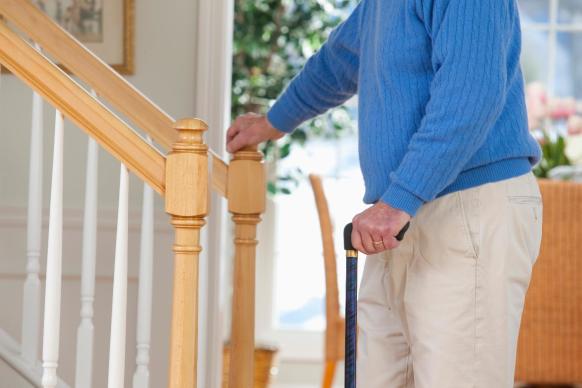
2. Rheumatoid Arthritis
Rheumatoid arthritis is a disease that causes inflammation in joints all over your body. Knee symptoms include pain, swelling, redness, stiffness and warmth. With rheumatoid arthritis, you will usually have pain in both knees. Symptoms most often start between the ages of 20 and 50. This type of arthritis affects women more often than men. If you have knee pain along with the other symptoms, see your doctor. The main treatment is medication to reduce inflammation and slow the progression of the disease.
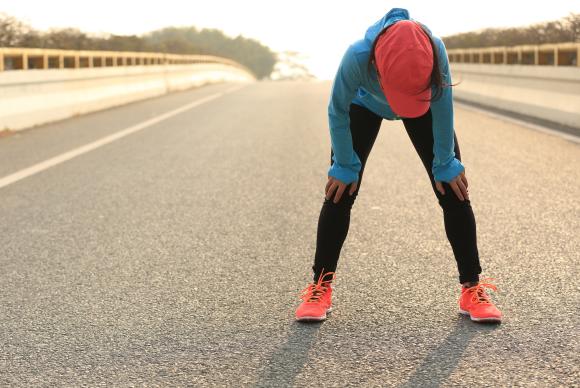
3. Runner's Knee
The medical name for this disease is chondromalacia. But, it's known as runner's knee because it's common in young athletes — especially runners. It occurs when the cartilage under the kneecap wears away. Causes can include a blow to the kneecap or too much stress on the knee. A muscle imbalance that moves the kneecap out of its normal position also can cause runner's knee. The main symptom is pain under the kneecap that gets worse when walking downhill or down stairs. To treat it, your doctor may suggest exercises that strengthen your thigh muscles without putting weight on your knee.
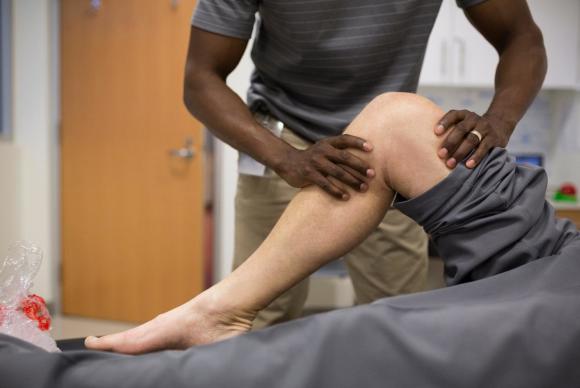
4. Torn Meniscus
The meniscus is a type of cartilage. You have two in each knee. They're wedge-shaped and rest between the upper and lower bones of your knee joint. They act like shock absorbers. A tear can happen when you twist or change direction. Minor knee stress can cause a tear in an older person. Pain may get worse when you straighten your knee and you may notice some swelling. See your doctor if you have these symptoms. A partial tear may heal with physical therapy, but a complete tear usually requires surgery.
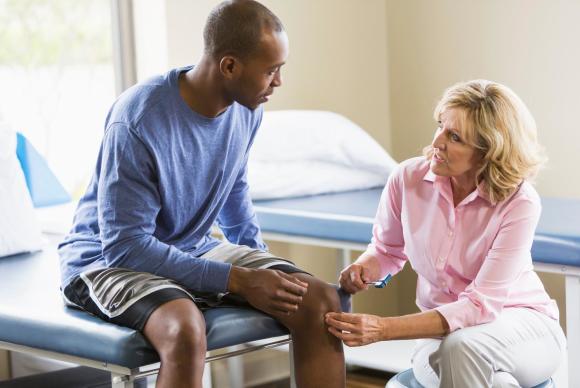
5. Ligament Injuries
Ligaments are strong bands of tissue that connect bone to bone. You have four ligaments in your knee. Cruciate ligaments connect your thighbone to your shinbone. Collateral ligaments are on the inside and outside part of your knee. A sudden twist or blow to your knee can stretch or tear a ligament. You might hear a popping sound and feel your knee give way, followed by pain and swelling. You need to see your doctor for knee injuries involving the ligaments. A stretched ligament may heal with physical therapy and knee support. You may need surgery for a complete tear.
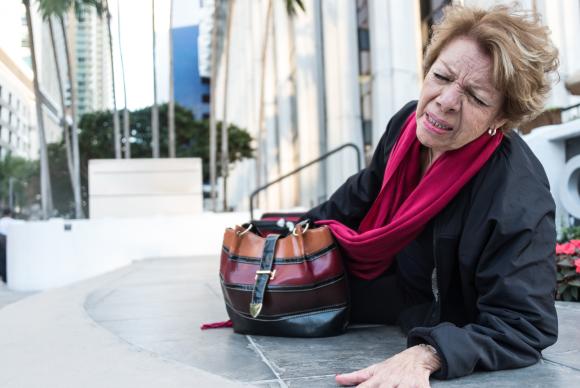
6. Tendon Injury
Tendons connect muscles to bones. Around your knee, a tendon connects the muscles in the front of your thigh to your kneecap. Stretching or tearing it can cause pain. The pain may get worse when you walk, run or jump. You also may feel pain if you press on your kneecap. See your doctor if you have pain after falling on your knee or after running and jumping, especially if it's hard to straighten or bend your knee. Some injuries heal with rest and physical therapy. Others need surgery. Only a doctor can determine the extent of your injury.


